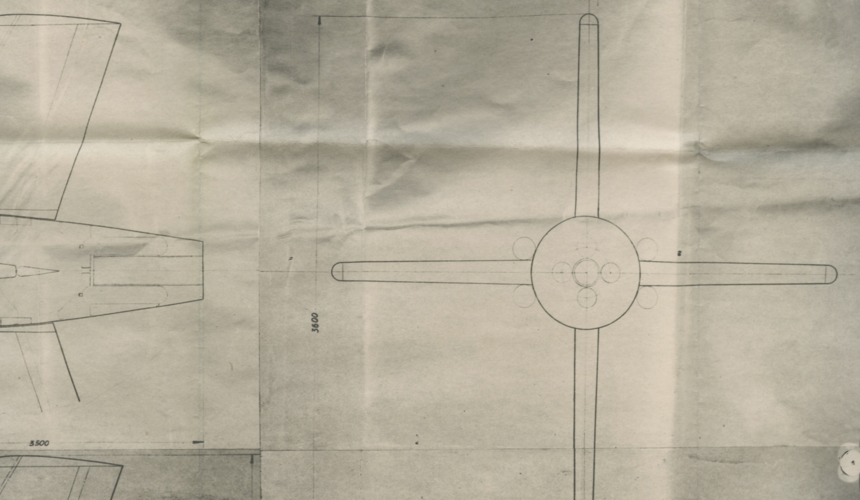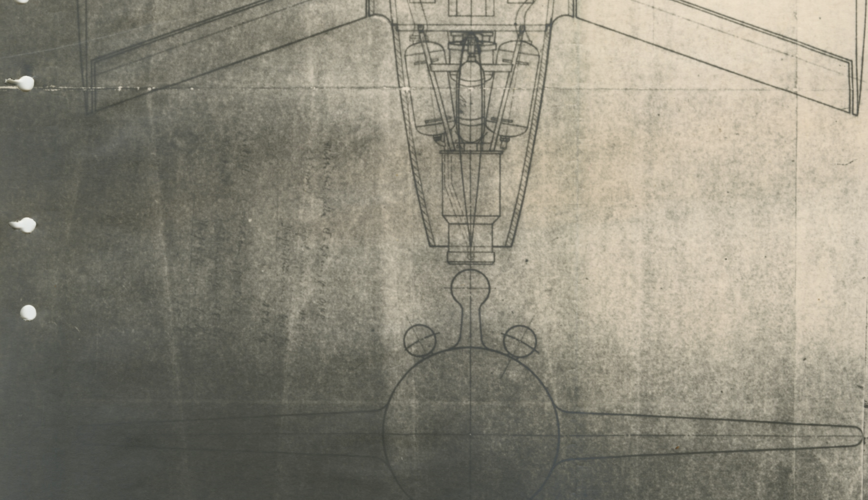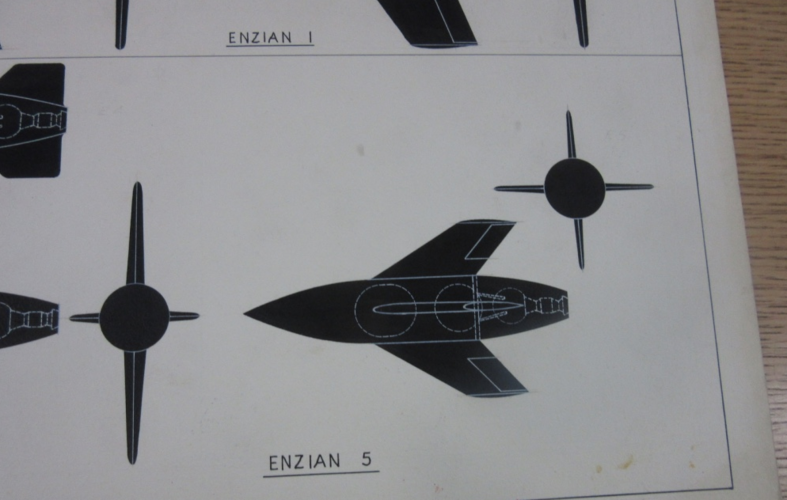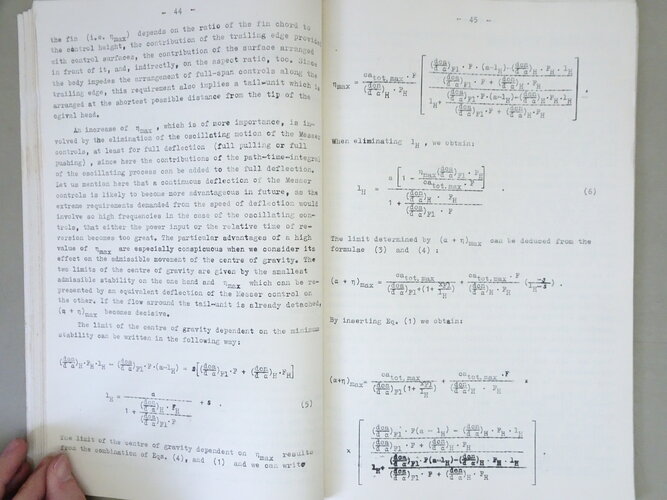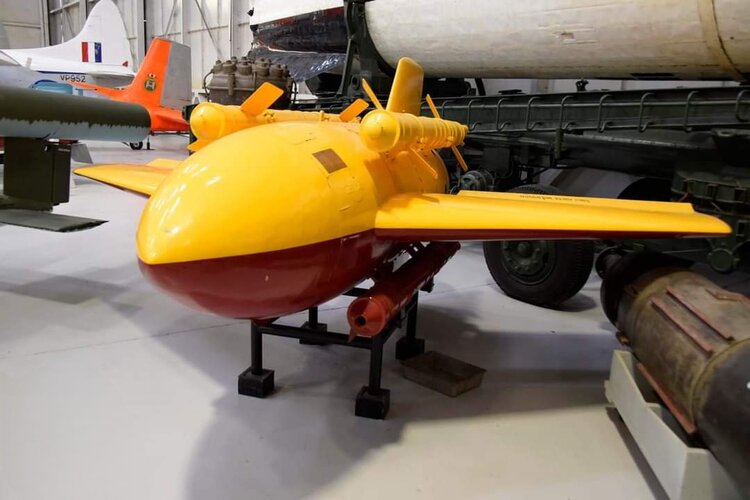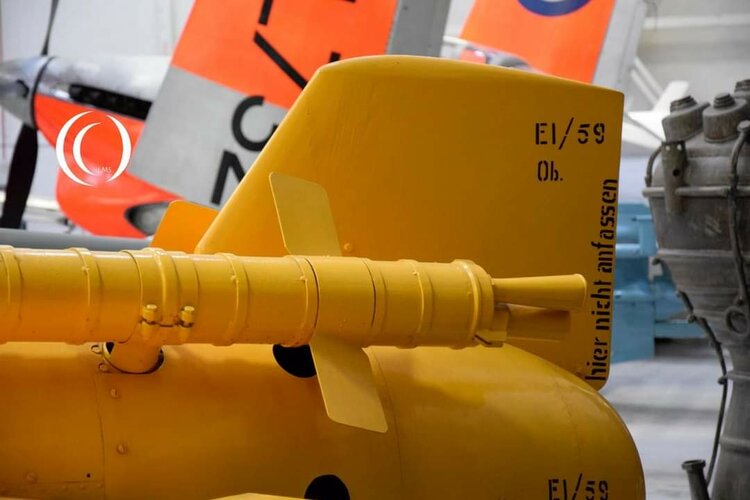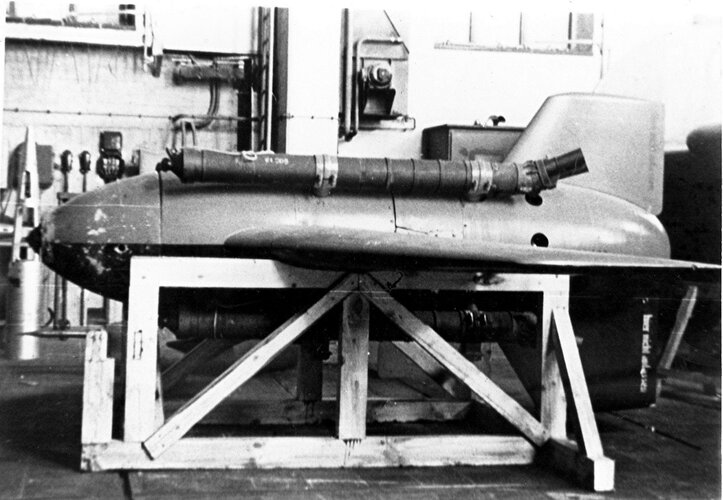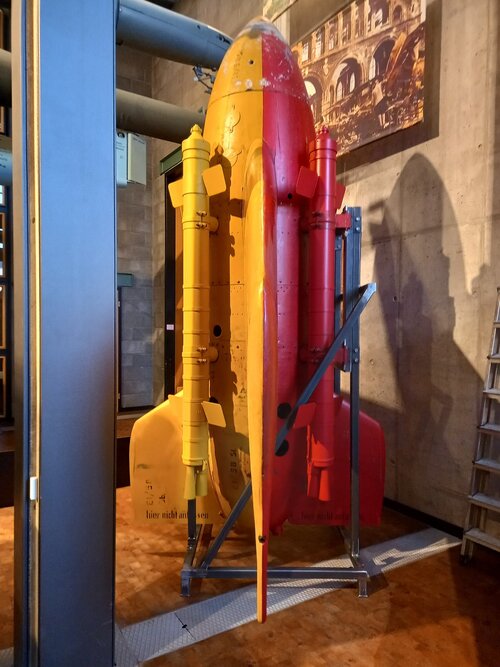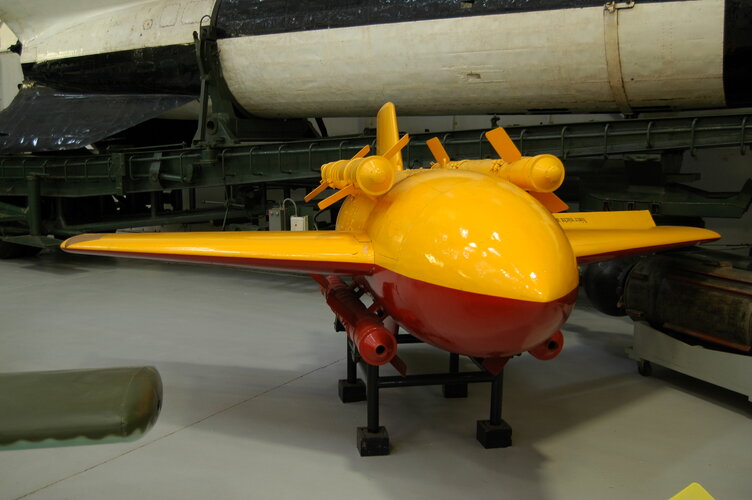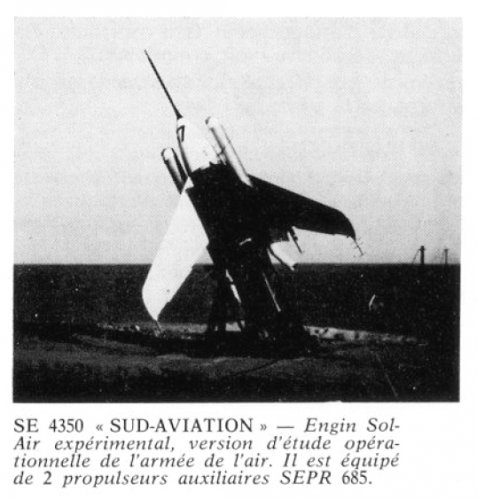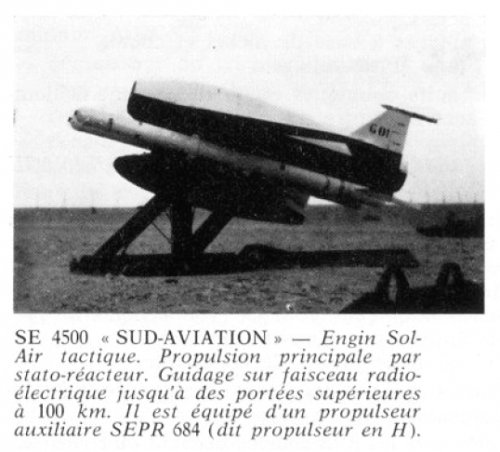The strangest thing is that so much of the information presented by Calum and myself comes across as 'new'. It has been available in archives for decades but has seemingly been ignored for some reason.
In terms of an overlap between the Me 262 and Me 309 books, the Me 262 book was written first. It was only while writing that that I realised the Me 309 story was also worth telling. Up to then I think everyone, including myself, had regarded the Me 309 as a mere curiosity which nobody really took particularly seriously. Instead, the evidence surprisingly indicated that it was the designated successor to the Bf 109 in German air ministry plans for well over a year - and an aircraft of critical importance.
Both the Me 309 and Me 328 books provide important back-story to the Me 262 book. While working on the Me 309 book I found a quote from Woldemar Voigt in a report labelled Me 109 mit DB 603 from January 1, 1943 (see p133 of the Me 309 book) - while Messerschmitt was trying to get the Me 209 installed in the 309's place - which essentially notes that it would be better to build a 109 with the DB 603, if possible, than to start again from scratch with the 309. Voigt then says: "Achieving this goal would probably be of crucial importance, especially because a fundamental change in the production of the high-performance fighter with the introduction of the jet engines may be imminent in the near future."
So jets are coming soon eh? My understanding of the Me 262 up to that point was that neither Willy Messerschmitt nor Voigt were much interested in it at that stage. Yet here is Voigt predicting big things on the jet front. When I read that, I was fairly horrified. Had I been wrong about the Me 262?
It wasn't until I started working on the Me 328 book that I realised Voigt wasn't actually talking about the Me 262 in that document. He was (incredibly, with hindsight) referring instead to the Me 328. At this time, Voigt honestly thought that the Me 328 was going to be the mass produced jet fighter - when you transpose this onto the Me 328's development process, and what was being said about the Me 328 at this time, you can see it quite clearly.
The whole narrative that Messerschmitt battled bureaucracy to try and get the Me 262 into production is (again, quite surprisingly) a fabrication - the Messerschmitt company pushed hard for the Me 209 as the piston-engine replacement for the Bf 109 and the Me 328 as the Luftwaffe's cheap mass-produced jet fighter. It was only later, immediately after the war, that the notion of the Me 262's greatness having been recognised all along came to prominence. Voigt and Messerschmitt were not the sort of people to openly admit that they'd been backing the wrong horses for such a long time.
